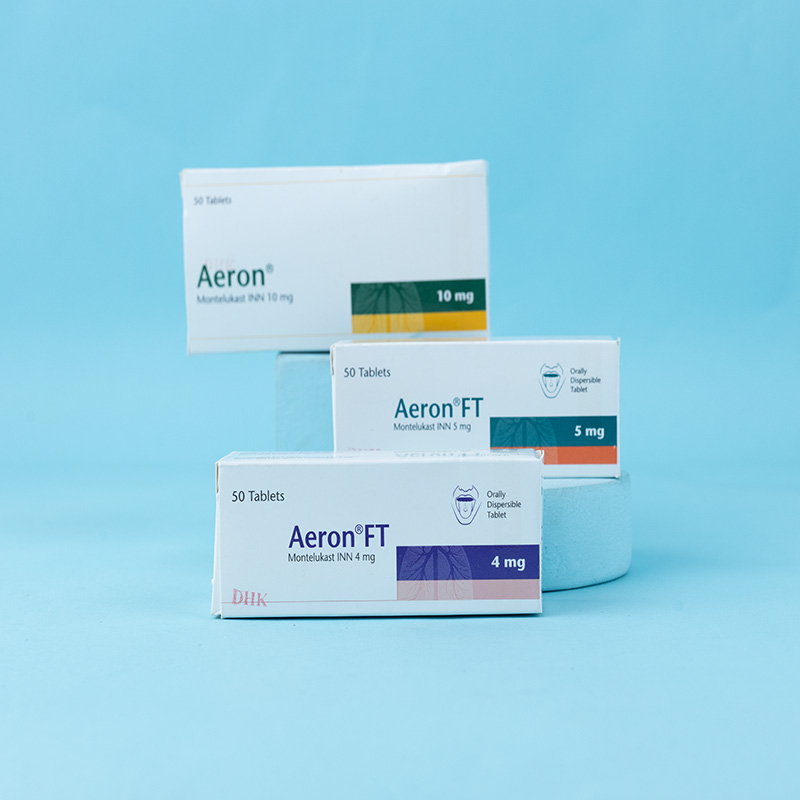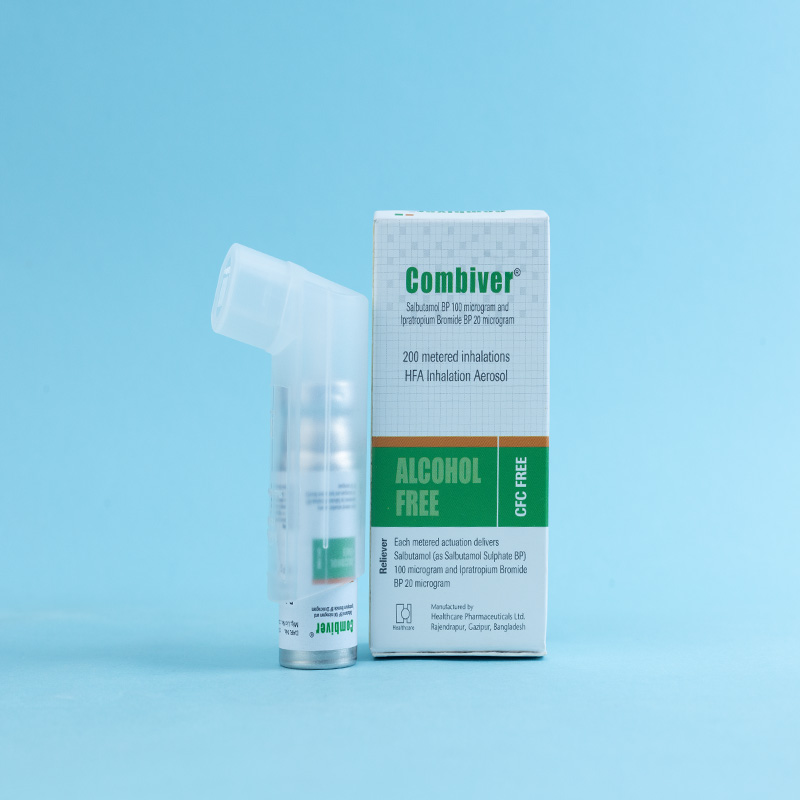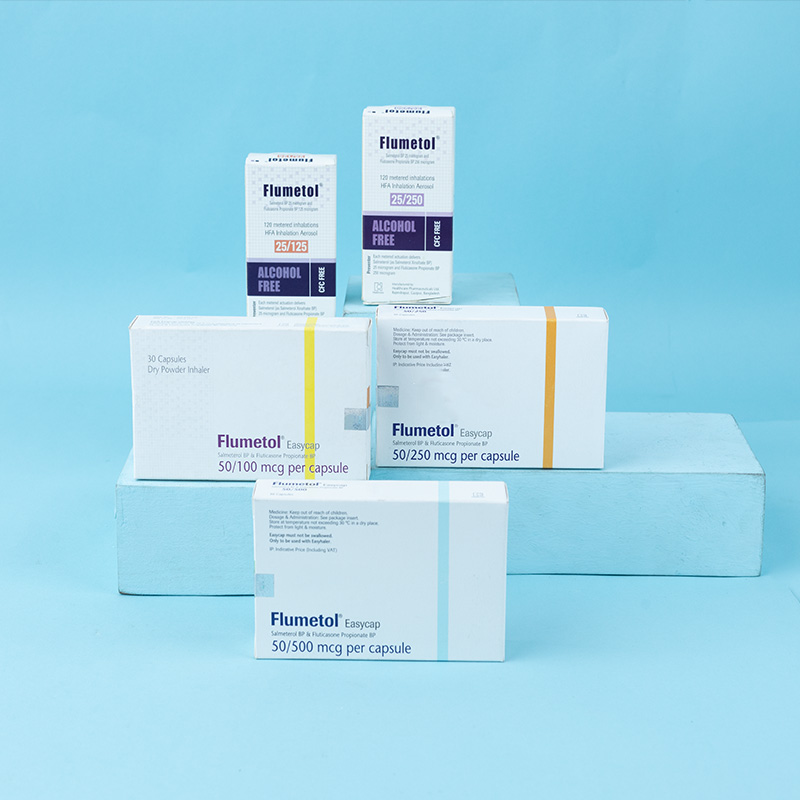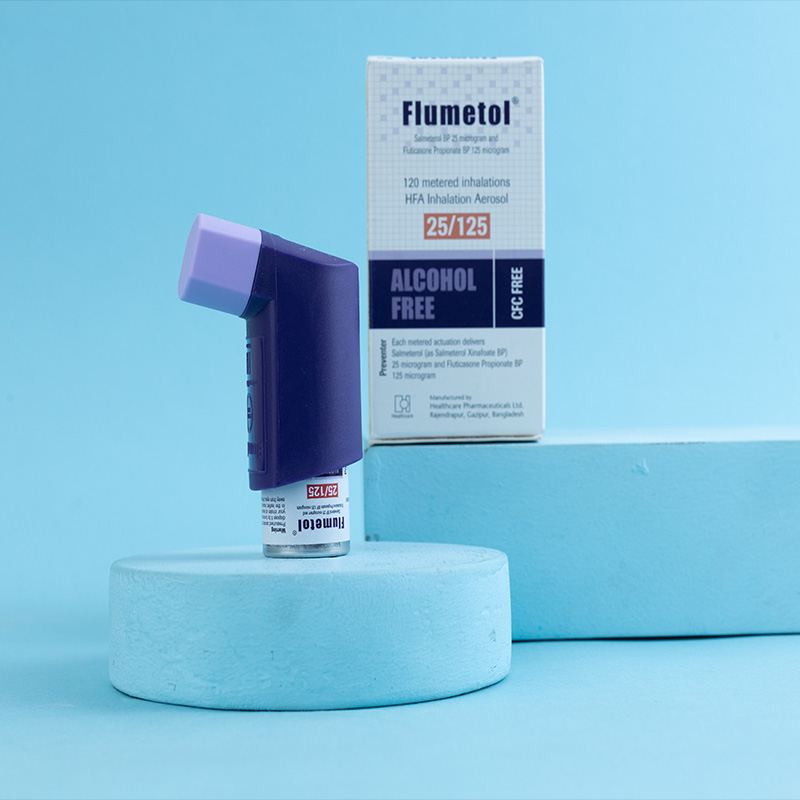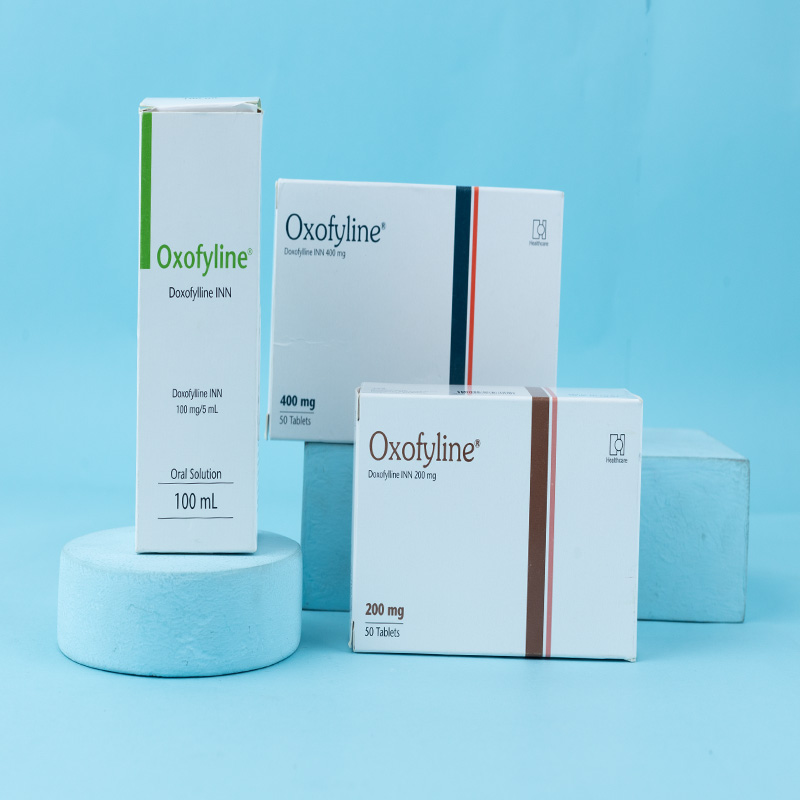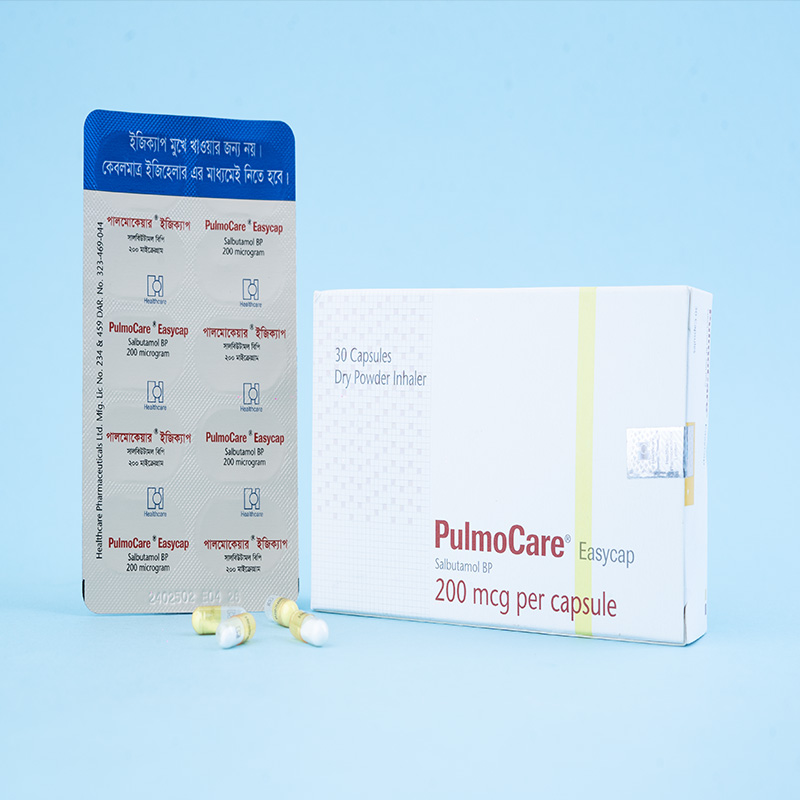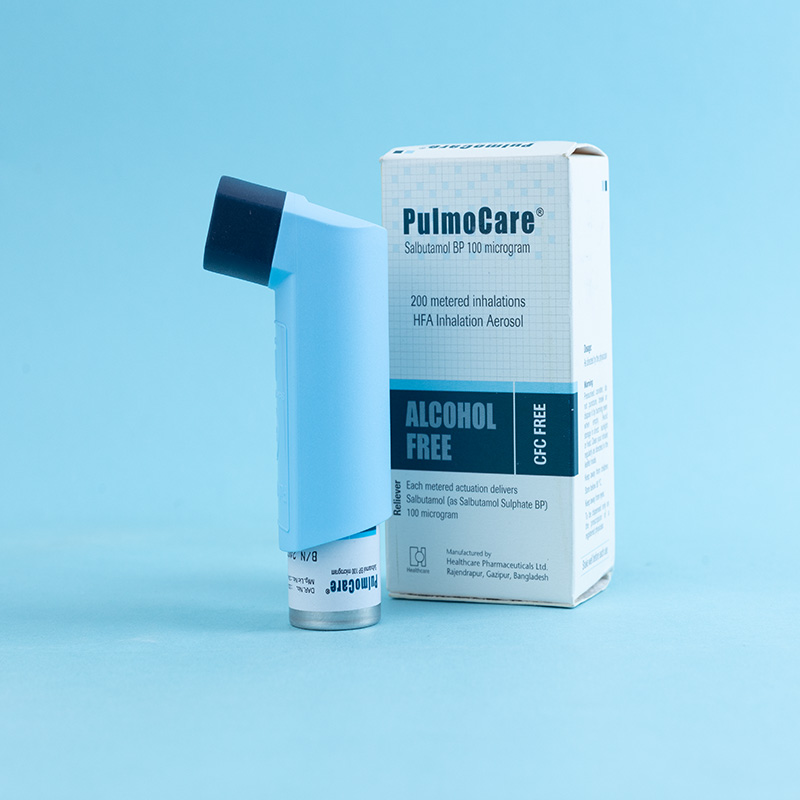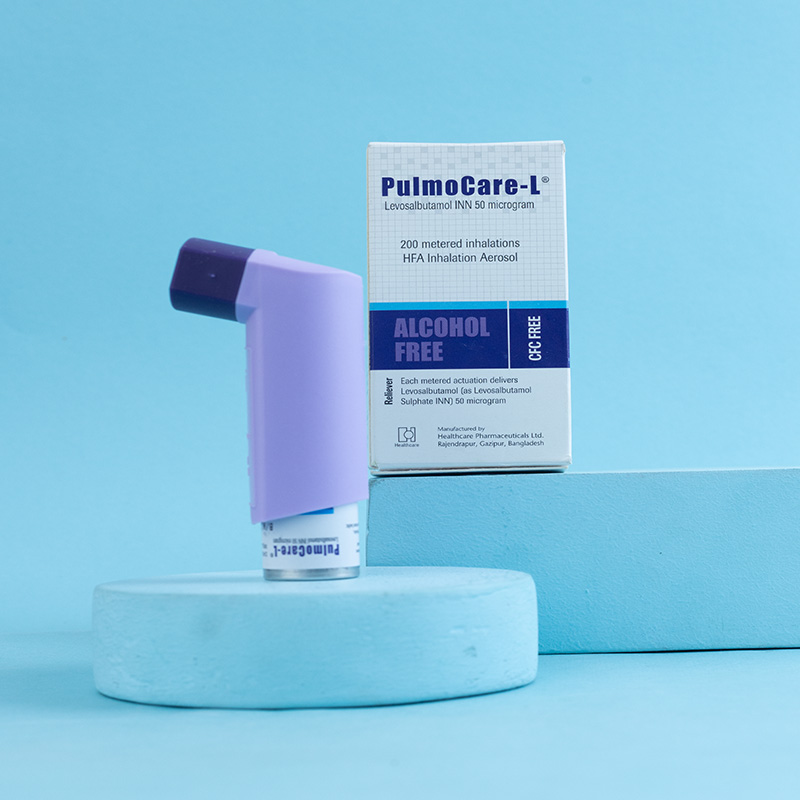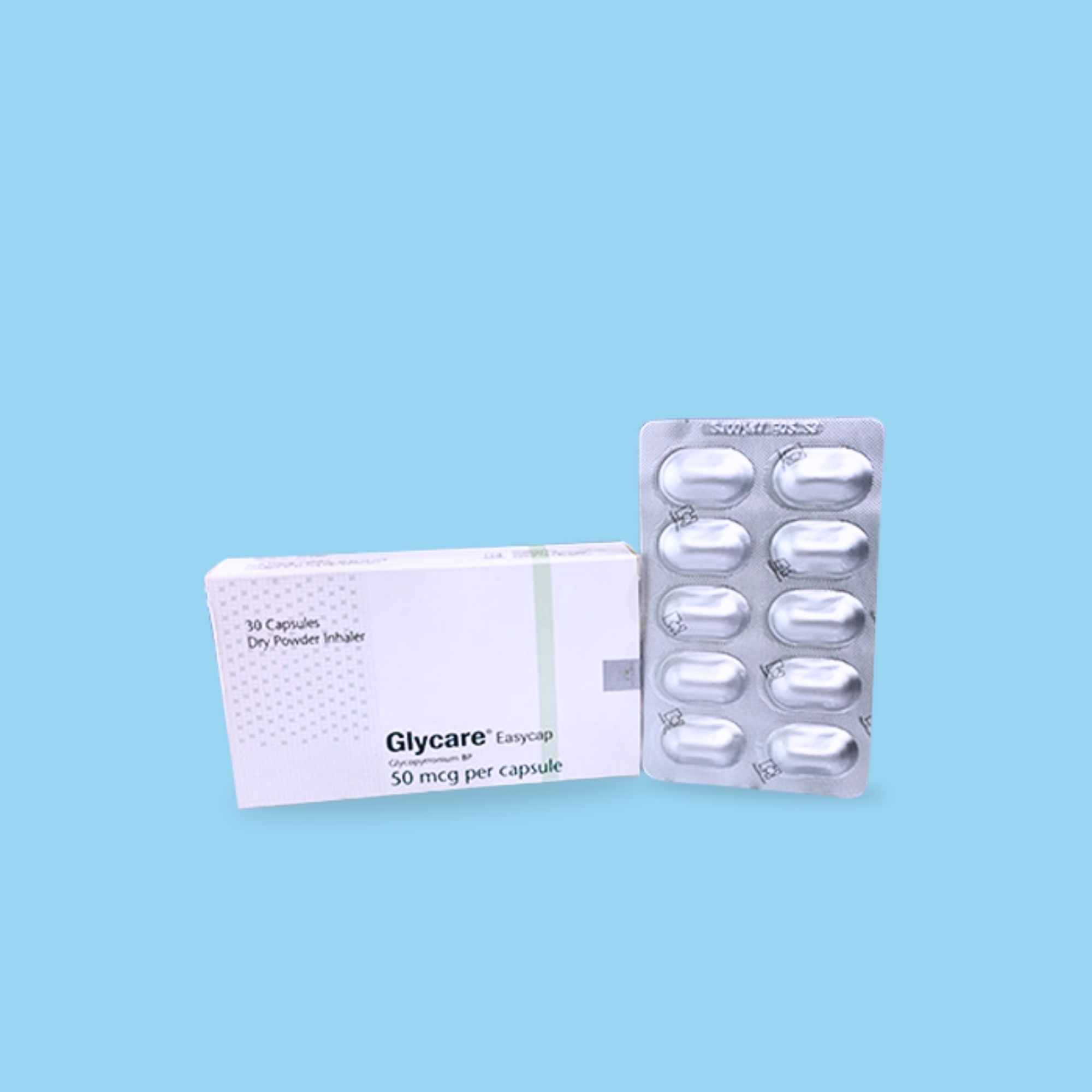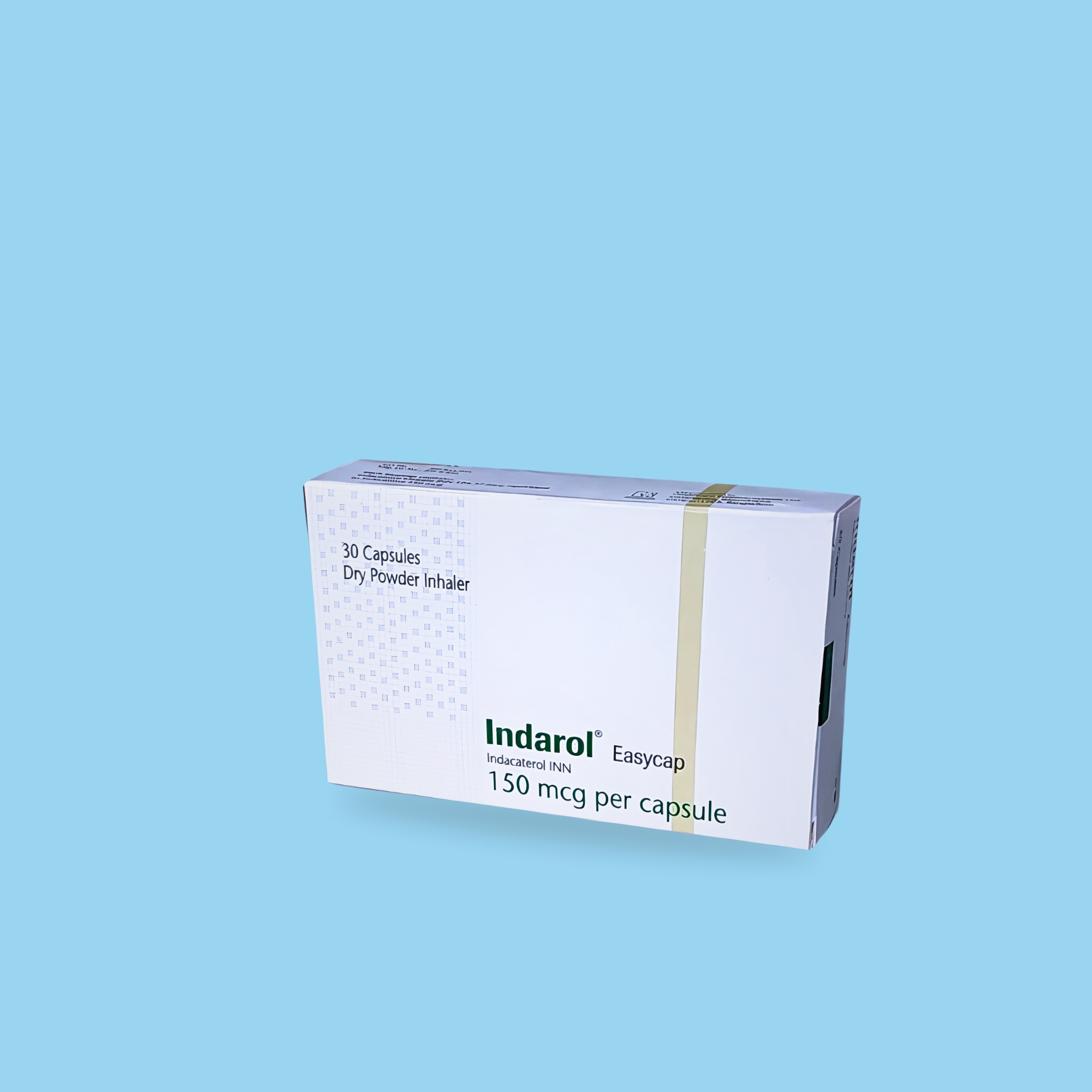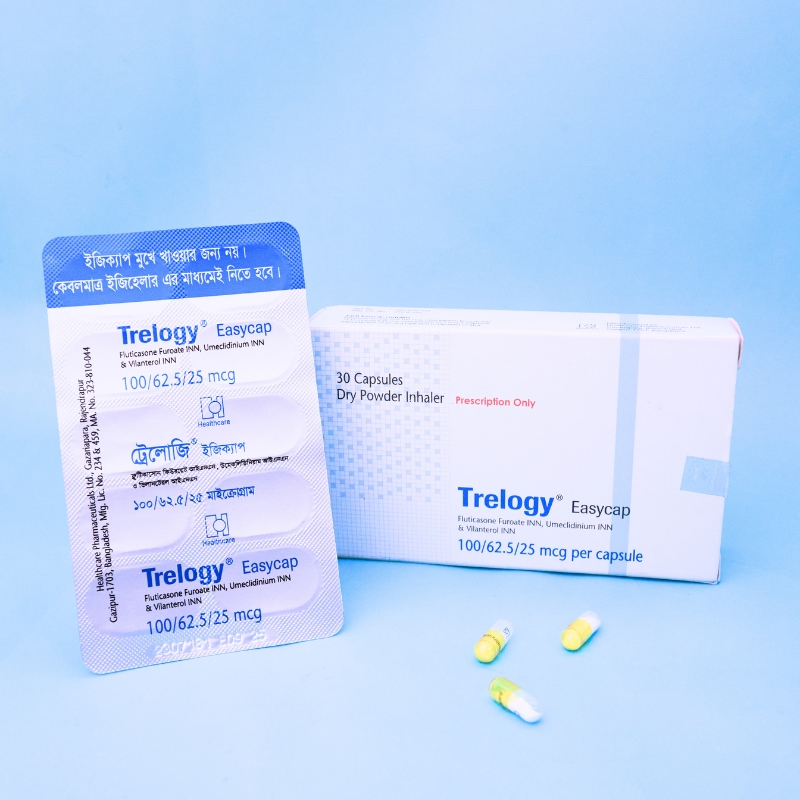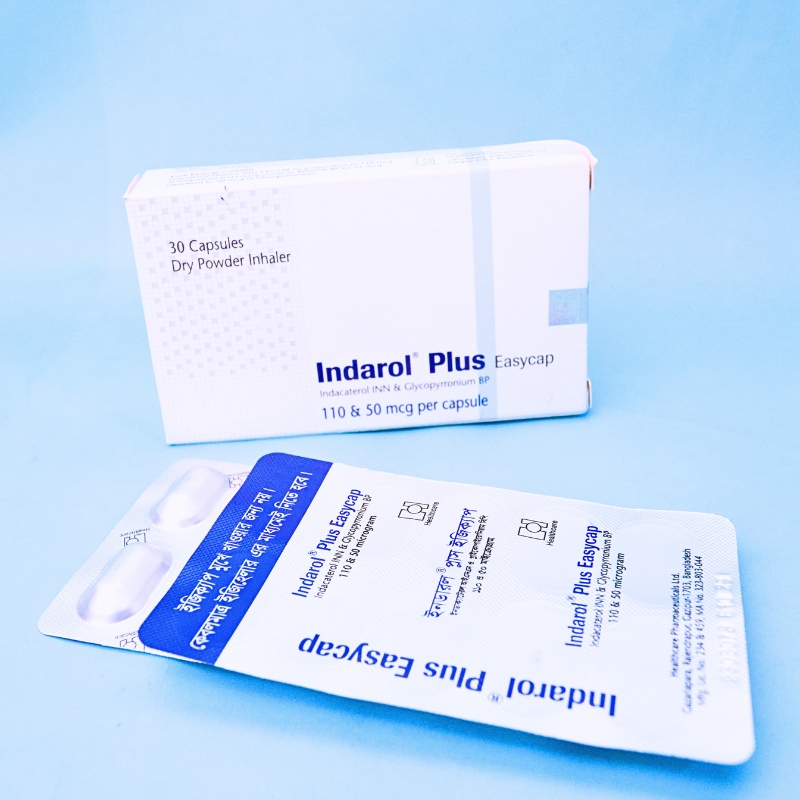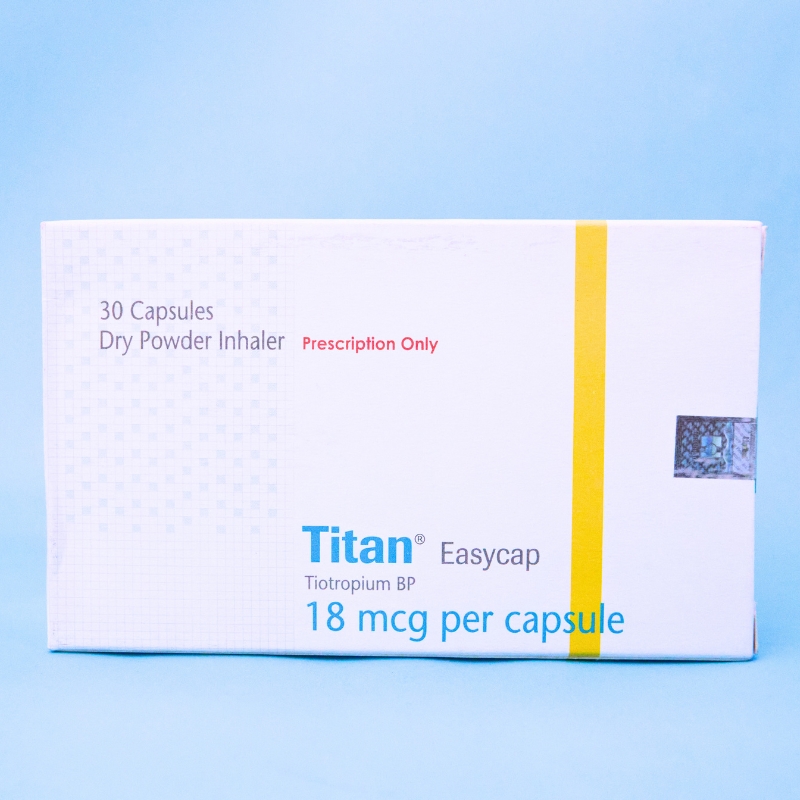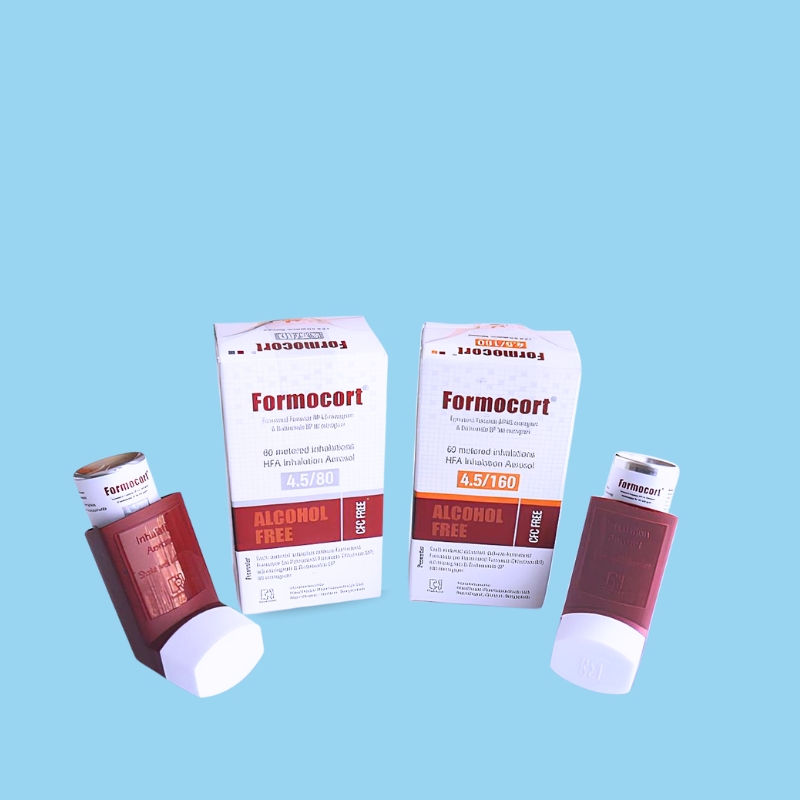Adults: Flixocort® is indicated in the prophylaxis and maintenance of mild, moderate, and severe asthma. Fluticasone Propionate has a marked anti-inflammatory effect in the lungs. It reduces symptoms and exacerbations of asthma in patients previously treated with bronchodilators alone or with other prophylactic therapy.
Children: Any child who requires preventive asthma medication, including patients not controlled on currently available prophylactic medication.

Adults and children over 16 years of age: 100 to 1000 mcg twice daily. Patients should be given a starting dose of inhaled Fluticasone Propionate appropriate for the severity of their disease:
Mild asthma: 100 to 250 mcg twice daily
Moderate asthma: 250 to 500 mcg twice daily
Severe asthma: 500 to 1000 mcg twice daily
Children over 4 years of age: 50 to 200 mcg twice daily.
Children aged 1 to 4 years: 100 mcg twice daily, administered via a pediatric spacer device with a face mask.
Special patient groups: There is no need to adjust the dose in elderly patients or those with hepatic or renal impairment.

Flixocort® is contraindicated in patients with a history of hypersensitivity to any ingredient of the preparation.

Increasing use of short-acting inhaled B2-agonists to control asthma symptoms indicates deterioration of asthma control. Under these conditions, the patient's therapy plan should be reassessed.
Sudden and progressive deterioration in asthma control is potentially life-threatening, and consideration should be given to increasing corticosteroid dosage. In patients considered at risk, daily peak flow monitoring may be instituted.
Systemic effects may occur with any inhaled corticosteroid, particularly at high doses prescribed for long periods. These effects are much less likely to occur than with oral corticosteroids. It is recommended that the height of children receiving prolonged treatment with inhaled corticosteroids be regularly monitored. It is important that the dose of inhaled corticosteroids is titrated to the lowest dose at which effective control is maintained.
Treatment with Flixocort® inhaler should not be stopped abruptly. As with all inhaled corticosteroids, special care is necessary in patients with active or quiescent pulmonary tuberculosis.

Infections and infestations:
Very common: Candidiasis of mouth and throat.
Rare: Oesophageal candidiasis.
Immune system disorders:
Uncommon: Cutaneous hypersensitivity reactions.
Very rare: Angioedema (mainly facial and/or oropharyngeal oedema), respiratory symptoms (dyspnoea and/or bronchospasm), and anaphylactic reactions.
Endocrine disorders:
Very rare: Cushing's syndrome, Cushingoid features, adrenal suppression, growth retardation, decreased bone mineral density, cataracts, and glaucoma.
Metabolism and nutrition disorders:
Very rare: Hyperglycaemia.
Psychiatric disorders:
Very rare: Anxiety, sleep disorders, and behavioural changes, including hyperactivity and irritability (predominantly in children).
Respiratory, thoracic, and mediastinal disorders:
Common: Hoarseness.
Very rare: Paradoxical bronchospasm.
Skin and subcutaneous tissue disorders:
Common: Contusions.

Fertility: There are no data on human fertility. Animal studies indicate no effects of fluticasone propionate on male or female fertility.
Pregnancy: There are limited data in pregnant women. Administration of Flixocort inhaler during pregnancy should only be considered if the expected benefit to the mother is greater than any possible risk to the fetus. Results from the retrospective epidemiological study did not find any increased risk of major congenital malformations (MCMs) following exposure to fluticasone propionate when compared to other inhaled corticosteroids during the first trimester of pregnancy.
Lactation: The excretion of fluticasone propionate into human breast milk has not been investigated. When measurable plasma levels were obtained in lactating laboratory rats following subcutaneous administration, there was evidence of fluticasone propionate in the breast milk. However, plasma levels in patients following inhaled application of fluticasone propionate at recommended doses are likely to be low. Administration during lactation should only be considered if the expected benefit to the mother is greater than any possible risk to the child.

Under normal circumstances, due to low plasma concentrations of fluticasone propionate achieved after inhaled dosing, clinically significant drug interactions mediated by fluticasone propionate are unlikely. Care should be taken when co-administering known strong cytochrome P450 3A4 inhibitors like ritonavir, ketoconazole, and erythromycin.

Acute inhalation of fluticasone propionate doses in excess of those approved may lead to temporary suppression of the hypothalamic-pituitary-adrenal axis. This does not usually require emergency action as normal adrenal function typically recovers within a few days. If higher-than-approved doses are continued over prolonged periods, significant adrenocortical suppression is possible.
There have been very rare reports of acute adrenal crisis occurring in children exposed to higher-than-approved doses (typically 1000 mcg daily and above) over prolonged periods (several months or years). Observed features included hypoglycaemia and sequelae of decreased consciousness and/or convulsions.
Situations that could potentially trigger acute adrenal crisis include exposure to trauma, surgery, infection, or any rapid reduction in dosage. Patients receiving higher-than-approved doses should be managed closely, and the dose reduced gradually.

Pressurized canister: do not puncture, break, or incinerate, even when apparently empty. Avoid storage in direct sunlight and heat. Store below 30 ºC. Keep away from eyes. Keep away from children.


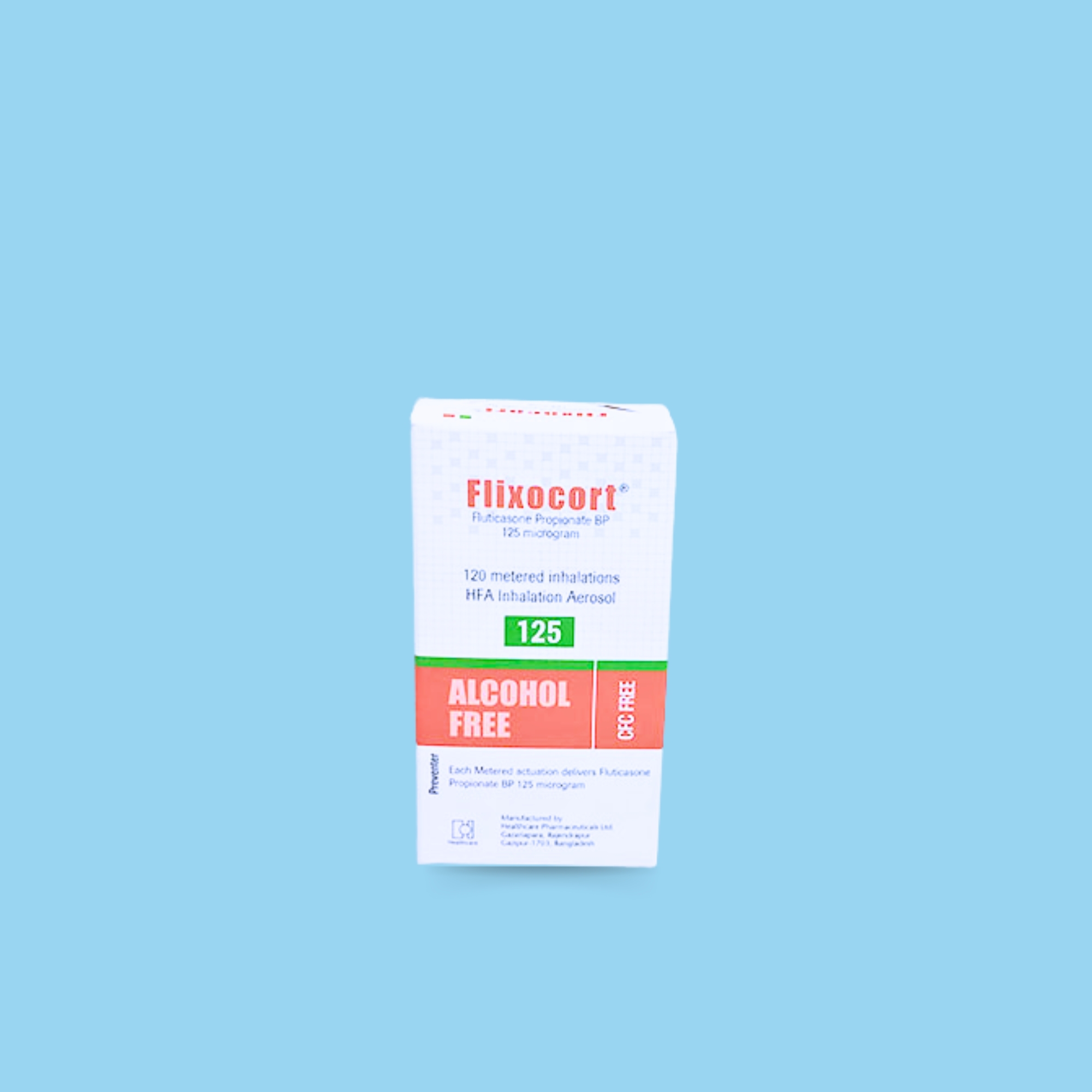
.jpg)
